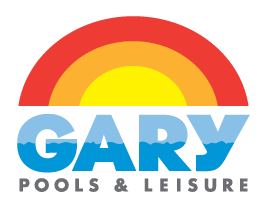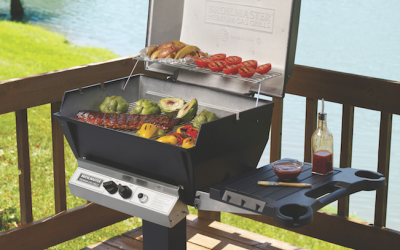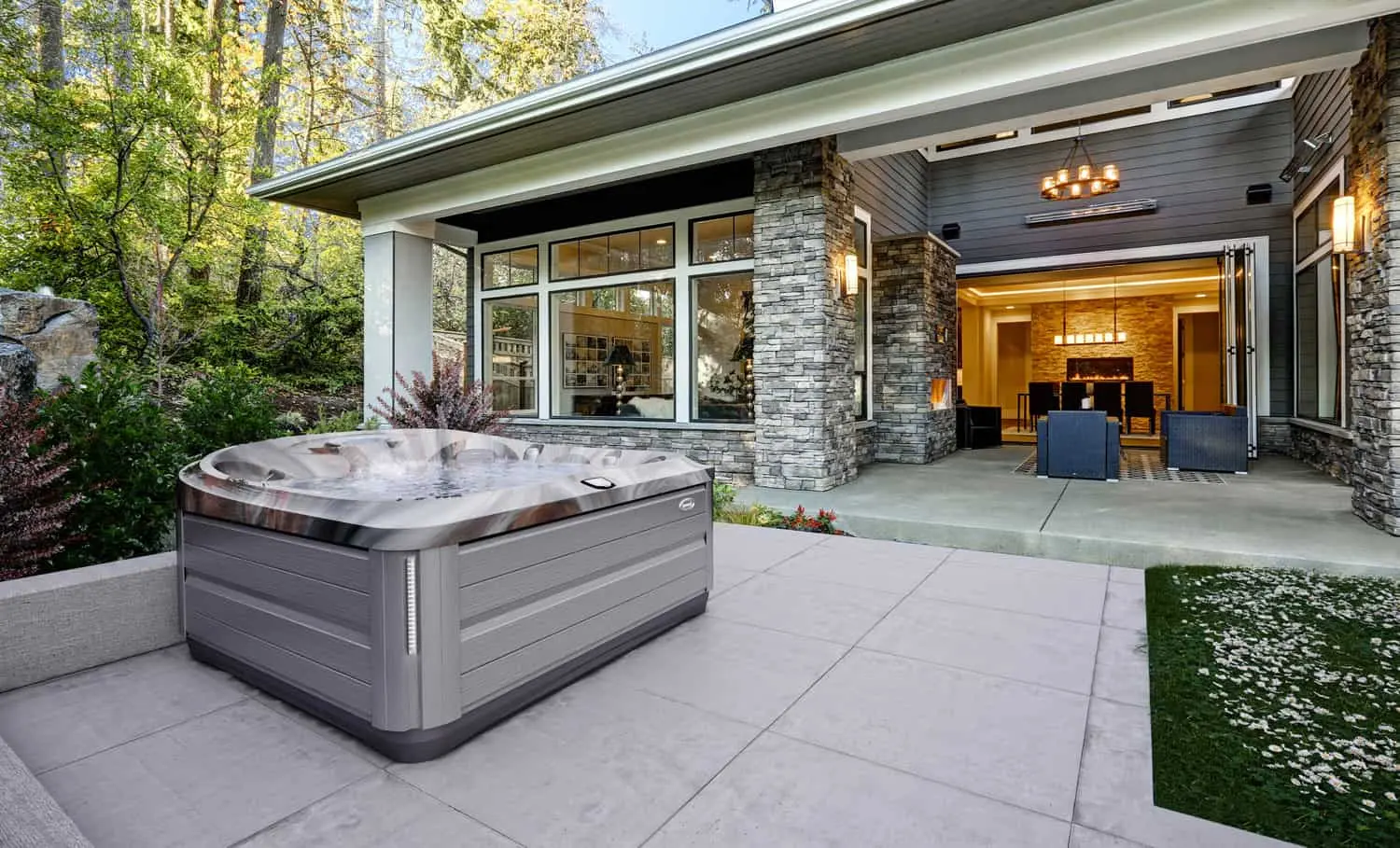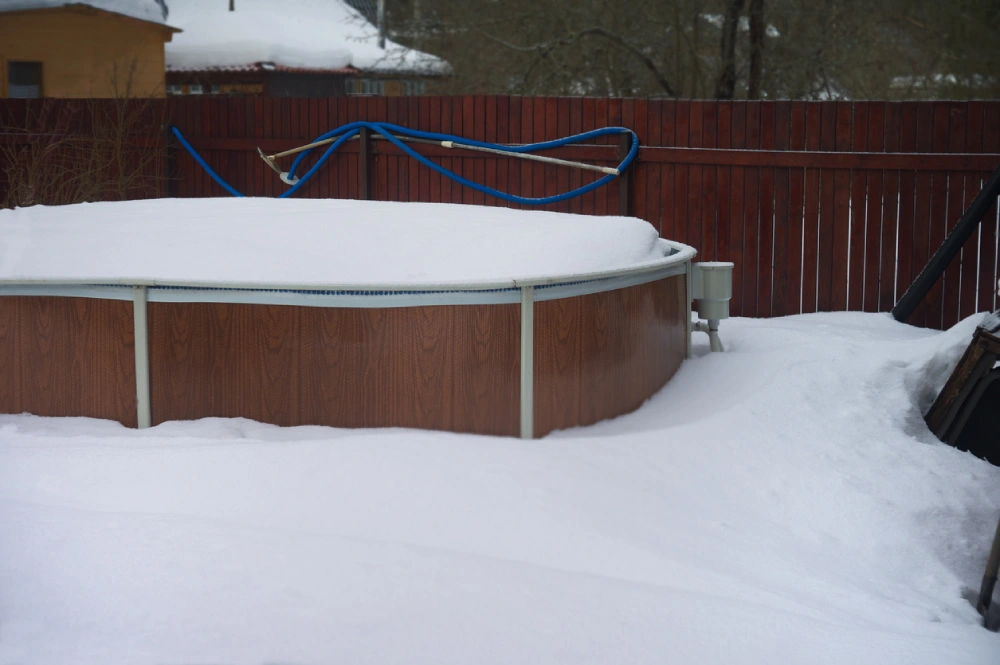Embarking on the journey to install a hot tub is a thrilling endeavor that promises to elevate relaxation and rejuvenation to new heights.
The prospect of creating a private oasis right in the comfort of your own backyard is undoubtedly enticing.
However, to ensure your unforgettable spa experience starts on the right foot, there are certain things to consider before your hot tub installation actually takes place.
This comprehensive article focuses on the essential aspects of location considerations, surface or recessed installation options, electrical preparations, and pre-delivery tasks.
Read on to learn more about our expert insights and practical tips to help you make the right choices when preparing for your hot tub’s arrival.

Location, Location, Location
First and foremost, the size of your hot tub, and the space you plan to transform with it, will need to be established before any other steps can be taken to prepare for installation.
Choose Your Environment
Your hot tub is going to become a part of your greenspace. Because a quality model can last you upwards of 20 years with proper maintenance, you’ll want to plan your location with longevity in mind.
While it’s certainly possible to relocate your hot tub should the need ever arise, choosing the right space from day one can help you avoid that process.
Here are some considerations to help you select the perfect location for your new haven of relaxation.
1. Enjoyable View
Placing the hot tub to face a view that you enjoy is highly recommended.
If there’s a specific landscaped area in the yard that provides a pleasant view, it could be an ideal location to start planning your new backyard oasis.
2. Privacy Considerations
We strongly suggest locating the hot tub in an area that offers good privacy options to help transform your backyard into your dream year-round sanctuary.
An important consideration will be the natural aspects surrounding your spa such as trees or hedges. These elements change throughout the year, and will influence the amount of privacy they provide season by season.
3. Sheltered Location
Installing your hot tub in a sheltered area is recommended. Consider factors such as weather protection, energy efficiency, and cleanliness.
Weather Protection
A sheltered location shields the hot tub from direct exposure to rain and strong winds.
Excessive exposure to these elements can cause damage to your spa. Over time, harsh weather conditions may lead to degradation and even reduce your hot tub’s overall lifespan.
Energy Efficiency
By placing the hot tub in a sheltered area, you create a microclimate that helps retain heat more effectively.
The surrounding structures act as barriers against cold drafts, reducing heat loss and energy consumption.
This, in turn, ensures that your hot tub operates more efficiently, resulting in lower energy bills and a more sustainable spa experience.
Cleanliness
Hot tubs located in exposed areas are prone to accumulating debris like leaves, twigs, and dirt.
This debris can find its way into the water, requiring frequent cleaning and maintenance.
A sheltered location minimizes the amount of debris your spa comes in contact with, reducing the need for constant cleaning and enhancing water clarity.
Choose Your Base
Above-ground, partially submerged, or completely recessed? What are the pros and cons?
Above-Ground Installations
Above-ground installations involve placing the spa on a level concrete slab, or a reinforced deck, which is relatively quick and easy.
This is the most common method, and can offer several benefits, such as:
- Accessibility: Above-ground installation allows easy access to the hot tub from all sides, making maintenance and service tasks more convenient.
- Flexibility: It can be placed on various surfaces like decks, patios, or concrete slabs without significant modifications.
- Cost-Effective: Above-ground installation generally requires fewer construction and landscaping adjustments, making it a more budget-friendly hot tub installation.
Possible disadvantages to this simple installation can include:
- Aesthetics: Some homeowners prefer a fully integrated appearance, and an above-ground installation may not blend seamlessly with the surrounding landscape.
- Wind Exposure: The hot tub may be more exposed to wind, which can cool the water and affect the spa experience in colder climates.
- Privacy: Privacy considerations may arise if the hot tub is installed at ground level, especially in open or densely populated areas.
Partially Recessed and Fully Submerged Installations
Below-grade installations, where the spa is partially or fully submerged, can create an attractive aesthetic but require careful planning for proper drainage and equipment access.
Pros to this alternative hot tub installation method include:
- Aesthetics: Partially or fully recessed installation enhances the visual appeal, as the hot tub blends into the surrounding landscape, creating a more integrated and harmonious look.
- Wind Protection: Being closer to ground level provides some natural wind protection, maintaining water temperature and reducing energy consumption.
- Privacy: This option may offer increased privacy compared to above-ground installation.
The downsides you will need to consider prior to selecting this style installation include:
- Construction: Partial or full recession requires more construction work, including excavation and creating a suitable foundation for the hot tub.
- Drainage: Proper drainage must be ensured to prevent water from flooding the recessed area during heavy rain.
Measure and Plan
Although this step should have been completed during the process of purchasing your new spa, it is critical that you reconfirm the size of your hot tub, and the space surrounding it.
Measure the exact dimensions of the spa you purchased, and use something to mark its size in the location you plan to install it.
Consider this the center of your layout, and use this as a visual reference to plan your foundation.
Choose Your Foundation
There are two common options for hot tub foundations: concrete and deck.
Concrete is a reliable and durable choice, especially if it’s already part of the patio or garden. It’s also relatively simple and affordable to install if you don’t have an existing concrete space.
We recommend a poured, reinforced concrete slab with a minimum thickness of 4 inches. As you go through the process of pouring your slab, take the time to level it appropriately.
Decks can also be suitable, but it’s essential to ensure they are structurally sound and can support the weight of the hot tub. Consider reinforcing your deck with a concrete foundation.
Decks are an optimal solution if you are considering submerging (or partially submerging) your spa.
Understanding the significance of a stable base to uniformly support the combined weight of the spa, water, and bathers is key.
Design Your Layout
Now that you have decided on the foundation of your hot tub installation, you’ll need to decide how you’re going to use it.
Do you intend to host family and friends? If this is the case, you may want to consider extending your foundation to accommodate seating arrangements outside of your hot tub.
Did you choose a location that is exposed to weather conditions? If so, you might also make allowances for a pergola or gazebo–especially if your new outdoor shelter needs to be anchored.
Measure Again
After you have determined the usable space, you will need surrounding your hot tub, you should take new measurements and place markers for an updated visual reference.
Consider these important factors before moving forward:
- Did you leave enough space to walk around the hot tub?
- Does your spa location look crowded?
- Are there any obstacles blocking your electrical connections and water supply?

Next Up: Electrical Preparations
We strongly recommend you complete the electrical portion of your hot tub installation before laying your foundation.
Whether you are building a deck or pouring concrete, running the electrical to your spa’s designated base first can help you to accommodate wire housings, like PVC pipes and connections.
If you already have a deck or concrete pad in place, skip to our delivery-day checklist.
Local Code Requirements
It is your responsibility to verify whether there are any code restrictions on the use or installation of a hot tub, as code requirements may vary from one locality to another.
Determine Your Voltage
The majority of hot tubs on the market require a 240V hardwired electrical connection.
However, there are some “plug and play” models, such as the Jacuzzi®️ Soul™️ Hot Tub, that are only 120V and can simply plugin to a nearby outlet.
240V Hot Tub Installations
For 240V spas, hardwiring to the power supply is necessary, and you will need a certified electrician to complete the installation.
Here is a condensed overview of what to expect from your electrician:
- Selecting the appropriate wire size
- Determining the wire length needed between the breaker box and the spa
- Acquiring enough copper wire with THHN insulation (avoiding aluminum wire)
- Installing a suitable switch or circuit breaker to disconnect the electricity
120V Hot Tub Installations
For 120V spas, the spa can be plugged into a dedicated grounded outlet using the provided 10-foot GFCI cord.
However, if the distance exceeds 10 feet, hardwiring is required by a certified electrician.
Ground Fault Circuit Interrupter (GFCI)
The electrical circuit for the spa must include a suitable GFCI, as required by law.
If you have a 240V hot tub, your GFCI will be hardwired to protected circuits in your main panel.
For these applications, Square-D GFCI breakers are recommended. The appropriate wiring configuration can be found in your spa’s owner’s manual.
Alternatively, a 120V spa uses regular 15 amp household circuits, so the GFCI will be integrated right into the power cord.
Warranty Considerations
The manufacturer’s warranty will become void if the spa’s electrical connections do not meet its specified requirements.
Therefore, it is essential to adhere to the correct electrical setup, and rely on a certified electrician to complete this part of the installation.
The Big Day – Taking Delivery
After your electrical and foundation work is complete, the most exciting part of your hot tub installation will come very quickly!
Your Delivery Day Checklist
As the day of hot tub delivery approaches, proper preparation ensures a smooth and successful installation process.
Follow these essential steps on the day you expect to receive your hot tub, to help your delivery team execute a flawless operation.
1. Confirm Your Route
Walk the actual delivery path, taking note of potential trouble spots such as gates, tight areas, uneven ground, and structures like A/C units.
Ensure there is enough clearance for the hot tub to pass through comfortably. Any potential obstacles should be addressed beforehand to facilitate a smooth delivery process.
Your hot tub will be moved on its side, so a minimum clearance of 42-48 inches is required along the entire route, from truck to foundation.
2. Clear the Path
Create a clear and safe delivery path by removing any obstructions along the way.
Patio furniture, garden hoses, children’s toys, and lawn equipment are all possible hazards that should be relocated prior to your hot tub’s arrival.
3. Be Present For Inspection
It is essential to be present on delivery day.
You’ll want to inspect your new spa for any damage during transport, and thoroughly examine your hot tub to ensure it is in new condition upon arrival.
4. Manage Pets and Children
Keep pets and small children away from the delivery area. This will prevent tripping hazards and avoid distractions while your hot tub is being carried in, creating a safe process for everyone.
5. Inform Your Neighbors
Notify nearby residents of the possible implications concerning them. The inconvenience of a delivery truck parked in front of their home can lead to unnecessary interruptions.
6. Coordinate With Your Electrician
If at all possible, try to schedule your electrician to be on-site when your hot tub is delivered.
Not only can they hook up the electrical right away, but they can inspect the electrical components and possibly identify damages you would otherwise be unaware of.
Keep It Simple
Purchasing a luxurious hot tub for your backyard is an exciting process, but is often shadowed by the stress of preparing for its arrival.
Don’t let it hinder your enjoyment! The installation process is actually very simple, when you’re prepared.
By following these preliminary steps, and adhering to the above checklist on the day of delivery, you can ensure a stress-free and successful hot tub installation.
Hot Tubs For Sale in Charlotte, NC
Jacuzzi Hot Tubs of Charlotte has nearly fifty years of experience in the hot tub industry, and our team of experts will be happy to guide you through every step of your spa purchase.
From choosing the perfect hot tub, to professional advice on your hot tub installation, you can count on our resident experts to assist you with confidence.
Additionally, you can also call on our team of technicians with service questions or maintenance requests. We’ll be there to support you with all your hot tub needs.
When you’re ready to upgrade your backyard, visit our Charlotte showroom to discover an amazing selection of outdoor living products.
We’re waiting to help your backyard dreams come true. Let Jacuzzi Hot Tubs of Charlotte show you how!



